Artefact 249
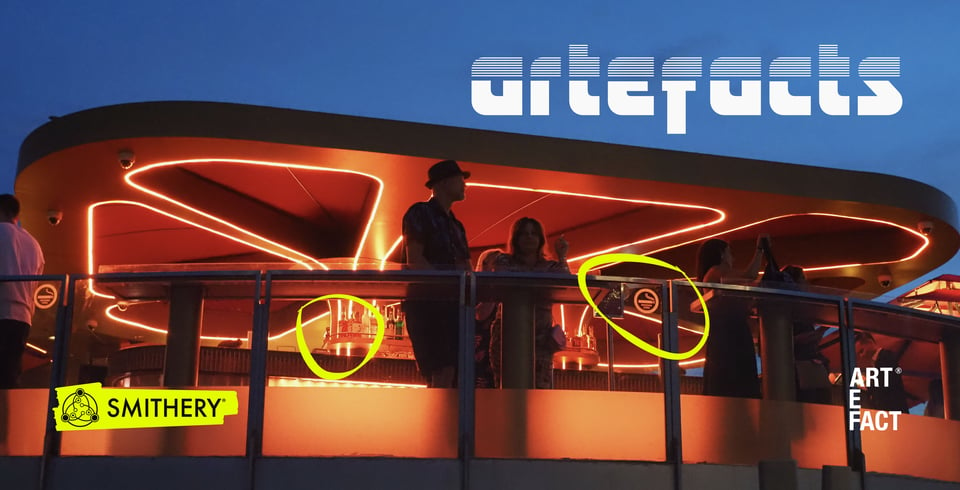
Creating the space for citizenship
I’m going to talk about a new card that made its way on to the board last Friday.
It says “creating the space for citizenship to be claimed, enacted and performed”.

Last week’s STEPS Collective meet-up was themed “Citizenship”, and Rob led us through this with a veritable cavalcade of Citizen Design projects which he’s bumped into through the Ecological Citizens project at the RCA.
It was a cracking session, and it is well worth a watch:
The card above I captured towards the end. It was a build on the definition that the Ecological Citizens team uses for ‘Citizenship’, which comes from Arruda, Haldrup & Samson’s 2020 paper Performing Citizenship Through Design”
“we wish to bring in perspectives from citizens studies in which citizenship is something to be claimed, enacted and performed”.
It is very active stance, much as Baratunde Thurston’s podcast series ‘How To Citizen’ points to ‘reimagining citizen as a verb’.
Funnily enough, earlier last week I met up with Jon Alexander2, author of Citizens, to explore the CZX card that you can also see on the board above.
“CZX” was basically a shift from CX - what does it mean to design Citizen Experience, rather than Consumer Experience?
As we talked, I found myself saying things out loud that I hadn’t expressed yet about where I want to take these stands of Smithery work.
So I thought I’d try and capture them here, amongst friends, and see what comes out in this quiet, quasi-public corner of the internet.
Four roles for creating space
I have been thinking a lot about the four roles from the Design Council’s Systemic Design Toolkit2 for the last four years since this post; the roles are Systems Thinker, Leader and Storyteller, Designer and Maker, and Connector and Convenor.
Because of the left-field trajectory of my career prior to Smithery, and then fourteen years of doing (*waves hand*) whatever this is, I do of course recognise that these four roles probably speak to me as an enticingly broad definition of design because it captures a lot of the things I do anyway.
So you know, YMMV, but I really like the definition.
The Design Council’s language shifts occasionally in the documentation between ‘characteristics’ and ‘roles’ depending on the documentation and context.
Personally I lean into ‘roles’ as it is much more actionable and accountable. ‘Characteristics’ seems latent and optional. Roles tell me about things that need to be done.
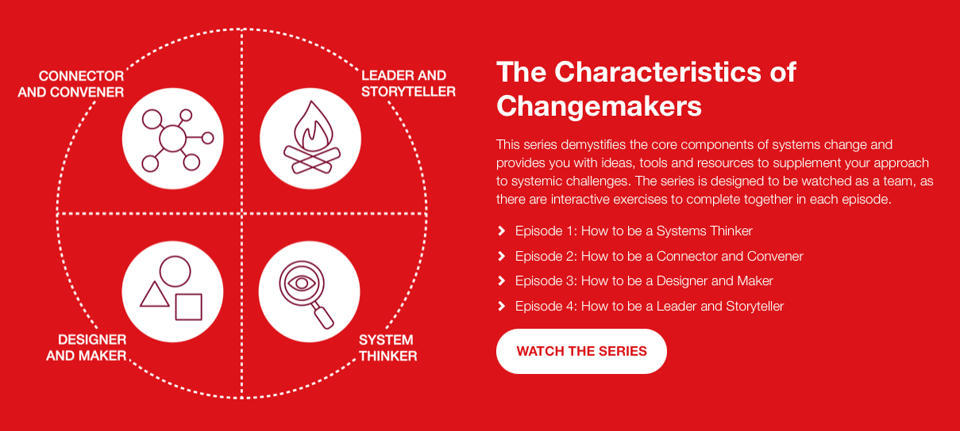
The roles also played a central part in the design of the Regenerative Design Field Kit.
I have found one way of using the most effectively is to ask people to select a ‘critical quartet’ of questions – one from each role – about the four most necessary questions they need to ask around the project they are looking at.
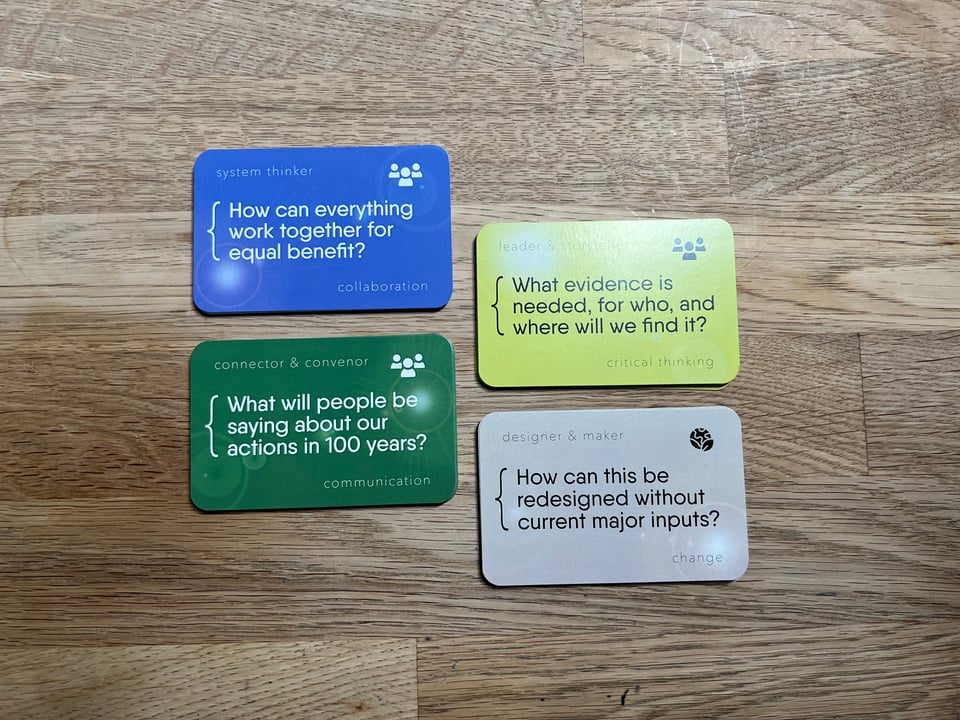
I have been struck recently that of the four roles, it is the Connecting and Convening one that is least often thought of as ‘design’, but actually is maybe the most important of all.
I’m hosting the next STEPS Collective session on ‘Convening’ in June because of this, come along if you want to explore that.
Creating space for Citizening
More broadly, to spin back to the citizenship aspect, the key point for me is this. In the local projects I’ve been involved in over the last couple of years (e.g. the Nature Watch group I talked about in The Product of Design talk, a local Community Centre / Scout hut we’ve been fundraising for, being Chair of the Social Committee for our son’s rugby club), I regularly see the four roles playing out in the groups and communities around these.
By and large, people are not (capital-D) Designers, though they are designing the spaces in which “citizenship can be claimed, enacted and performed”.
Small-d design sits right alongside small-p politics (see Jon’s Citizens book). As one of the conclusions in the epilogue of Silvio Lorusso’s What Design Can’t Do points out, it is in this unheroic, humble way that new ideas abut the future emerge; what can we, as citizens, change?

To try on a metaphor for size - perhaps the increasing temperature of everything is beginning to melt away solid, capital-D design forms of centralised roles in large global organisations, and the liquid of the roles runs down into our everyday lived experiences in new ways.
One of the scenarios in the ‘Design in 2040’ project run by Lucy Kimbell’s speaks a little to this as well:
“In this 2040 world, design capabilities are spread across UK business, civil society, government and communities. Design is recognised as an expertise that enables bringing people together, surfacing trade-offs and mediating value alignment.
Designers help people develop local solutions to local problems, making things work for the better, at a time of conflict about access to resources and climate change. This expertise is recognised as a national asset and now integrated into public services, using data and automation to make best use of resources, reducing contestation through active co-production around the UK.
However uneven access to resources and materials, through disrupted global supply chains, and ongoing popular resistance to government means that design is more highly politicised.”
Lots to chew on there, I know.
Where is my head at, then?
A few hypotheses to start
If I try and capture what I side to Jon last Tuesday, then, it pretty much boils down to this:
There is a remarkable amount of capital-D Design talent around. They have been trained, self-taught and coached by a technology boom that has a reduced need for them now.
Even if they are not consciously aware of the four Systemic Design Roles, they are still very capable of carrying them out, and also spotting the connections between these roles.
Meanwhile, there’s increasing need for people to play and connect these roles in the liminal space in the regeneration of our social, economic and environmental worlds.
Finding strategic and tactical ways of transitioning capital-D designers into small-d design entanglements is some of the most necessary work we could (and maybe should) be doing.
Making sure that this work is done with, by and for the communities who will benefit from it is essential.
Where is this leading, though?
Somewhat mystically, the very day after Jon and I met, the Design Council published a new report called Public Design Beyond Central Government.
I’m going to use this as an guide and a thing to point in a new project…
The Sussex Charter
Jon drew my attention to The Chartist movement:
The Chartist movement was the first mass movement driven by the working classes. It grew following the failure of the 1832 Reform Act to extend the vote beyond those owning property. - UK Parliament
…and pointed me to the new People’s Charter project by Our House. “Maybe ‘Charters’ are a good place to start” said Jon. So afterwards, I idly googled “Sussex Charter”, given that’s where we live.
And found one.
Originally conceived by Worthing resident Ian Steedman, since 2007 the 16th June each year has been officially recognised as Sussex Day, and The Sussex Charter is read out in towns and villages across the county:
The Sussex Charter
For all the people of the ancient kingdom of Sussex!
Let it be known: the 16 June of each and every year shall be known as Sussex Day.
Sussex day shall be celebrated according to the rites and traditions of Sussex.
Let it be known all the people of Sussex shall be responsible for the maintenance of those boundaries that join to those of our neighbours.
Let it be known all the people of Sussex shall be responsible for all the environs within those boundaries.
Let it be known, the people of Sussex shall recognise the inshore waters that lie inside a line drawn from Beachy Head, and extending to Selsey Bill as being, the Bay of Sussex.
Let it be known, the people of Sussex will undertake responsibility for the general well being of our neighbours.
Let it be known the people of Sussex shall be guardians of our wildlife.
Let it be known the people of Sussex will, through custom support all local business.
Finally, let it be known, as guardians of Sussex, we all know Sussex is Sussex … and Sussex won’t be druv!
In God we trust.
God Save the King!
Given that Sussex going through the process of potential becoming a Mayoral Combined County Authority, this becomes a really interesting moment to think about what the ‘rites and traditions’ of Sussex can practically, usefully mean for our collective, regenerative futures in this specific place.
Therefore, we are starting an exploration of how The Sussex Charter might provide the consensual underpinnings for social, environmental and economic regeneration for the future of Sussex.
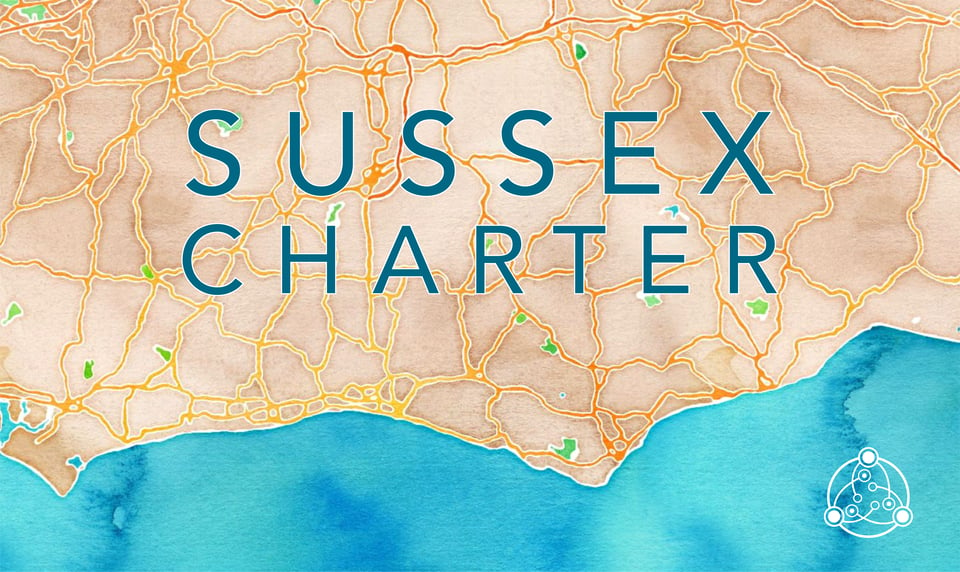
If you have a Sussex connection, or are just interested in following along, please do sign up here.
Or send this email on to other folk you think might be interested.
I have to be honest, it feels real edge-of-the-map, here-be-dragons levels of uncomfortable.
We haven’t really worked in this way before, particularly from a funding perspective - we usually wait for clients to ask to do a thing, and then we go and do it.
To that point - if you have any thoughts or advising on funding routes, happy to hear about them!
Yet it feels like the right thing to do, at the right moment, and we might be the right people.
Let’s see what happens…
John
PS.
Now That’s What I Call Conway Hall!
Kyle asked to know about this card.
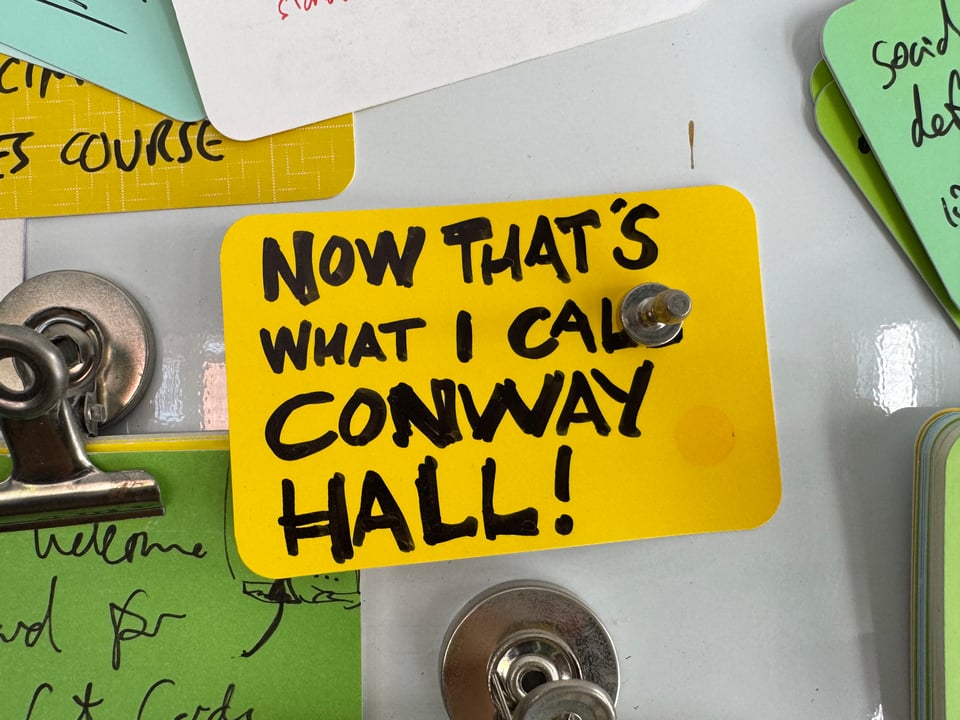
The title is a nod to the old ‘hits’ compilation of ‘Now That’s What I Call Music…’ but of course, you knew that.
I can’t remember who I was talking to at the time, but came up with a throwaway idea for inviting past speakers from the ‘four main Conway Hall Things’ (Interesting, This Is Playful, The Story & Papercamp) to repeat talks they’d given at those events in the past.
The basic rule: people can’t change the slides, but they can change what they say.
Anyway, it is Interesting 2025 tonight at The Conway Hall, so maybe if you have read this, and are going too, we can talk about it there.
Not that I’m going to do it, mind. I’m trying to sort out Sussex…
1 Jon and I actually worked on a client project together back in former lives, we realised… and then we worked out how many years ago that was, and shuddered slightly…
2 I still think the inclusion of the Double Diamond is unnecessary and confusing as part of this system, and assume it persists here because of the legacy of it as a piece of IP for the Design Council. The Double Diamond needs to be retired, and the Design Council should be in charge of the hospicing, but that’s a discussion for another day.